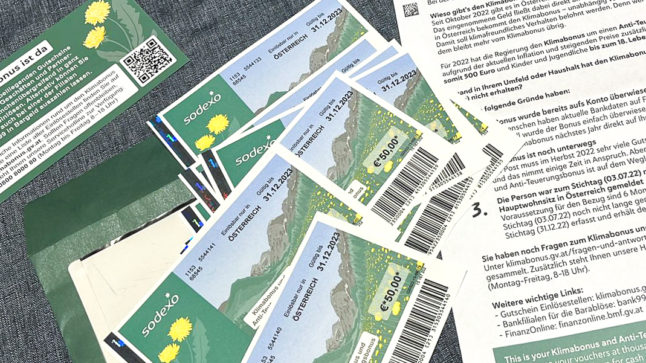The A1 telecom company is slated to bring in rates that are about 8.5 percent higher for both landline and mobile customers on April 1st. Mobile customers will see an increase of anywhere from €2.20 to €6 a month, while landline hikes will be anywhere from €2.30 to €4.50.
The company has about 2.4 million customers in Austria, or just over a quarter of the population.
Drei is also raising its rates, but by a little less on average. Phone plans are slated to go up about €2.20 per month, while data plans will see about a €2 increase.
READ ALSO: Cost of living: 45 ways to save money in Austria
Magenta has not confirmed whether it will be raising rates or not, although Tarife.at Managing Director Maximilian Schirmer tells Der Standard he expects competitors will also end up raising rates. Some customers may not be affected by the increases until their current contract concludes, though.



 Please whitelist us to continue reading.
Please whitelist us to continue reading.
Member comments